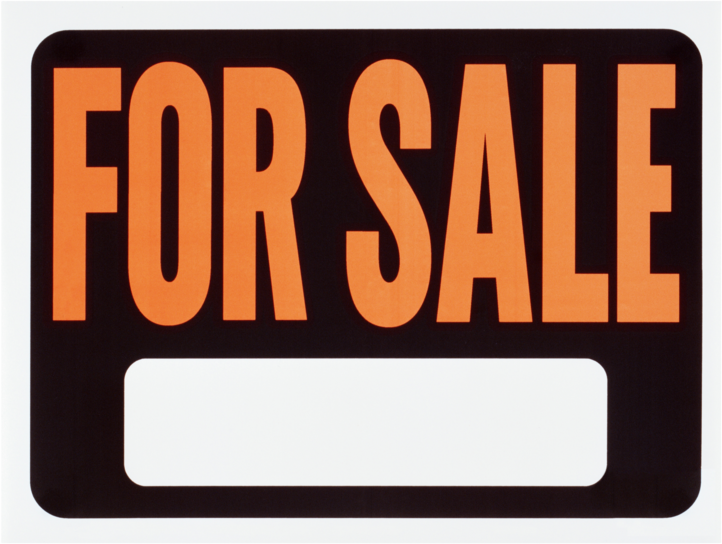Shrink It!
By Wayne Maruna

If you’re going to show it, shrink it! Yeah, we’re talking to you, Tabmail users.
In early November, I received an email from a Tabmail subscriber. Paraphrased, it read in part:
“More and more 'For Sale’ emails are coming with attachments
totaling 5 MB or more. When there are dozens of these, downloads
take longer, and online storage can fill up. My wife was out of
town for a couple of weeks. She told me her online storage (100MB) had
filled and was accepting no further emails. Her email program at home
deletes the emails from the server as they are downloaded, but on her
iPad she leaves the emails on the server when reading. Over the
weekend there were numerous large emails sent out over Tabmail, maxing
out the server storage.”
The writer was
asking that I try to curb the size of email attachments sent to
Tabmail. The funny thing was that I was already considering that topic
for this month’s Tribune computer article. Back when Tabmail was hosted
by Pairlist networks, I could limit the size of attachments, blocking
those that exceeded a limit I set. But Google Groups, which
currently hosts Tabmail, allows attachments up to 25MB, and I have no
way to reduce that, much to my chagrin.
This
topic is not new. I wrote a Tribune article on the same subject
six years ago. I’ve repeatedly sent out reminders to the email
list about not attaching large photos for the very reasons the writer
mentions. They result in longer download times, and with more and more
people getting their emails on cellular devices with capped data
limits, we’re unnecessarily eating into our neighbors’ cellular data
allowances. Senders have pled ignorance, but really, there is no
longer any excuse.
The problem affects
not just cellular devices. Our cable company, Suddenlink, is the
dominant provider of internet services in our area. Every
Suddenlink email subscriber is allotted a certain amount of mailbox
space on the Suddenlink server. Did you know that if there is
more than one Suddenlink email account in a household, then the primary
account holder is given a generous two gigabytes of storage space,
while the secondary account(s) get a paltry 54 megabytes? That’s
about a 20-fold size limit difference! If a dozen 5MB photo
attachments come through Tabmail over a weekend, and the email
recipients are not diligently emptying their mailboxes on the
Suddenlink server, their email quotas can be reached and they will
receive no more email.
Fortunately for
Suddenlink subscribers, it is relatively easy to change the allocation
of a family’s storage space allowance. Simply go to this link and
follow the instructions: http://help.suddenlink.com/internet/Pages/EmailandAttachmentSizeLimitations.aspx?product=Web%20Mail
Shrinking (resizing) photos on a computer before sending them as
email attachments is easy. My preferred method involves downloading and
installing a free program called Image Resizer, which works with all
versions of Windows from XP through Win10. You can get it here:
http://imageresizer.codeplex.com/
Once
installed, you simply use Windows’ File Explorer to find the picture
you want to resize, right-click it, and choose ‘Resize pictures’ from
the context menu. You’ll get a choice of file sizes to convert
to. I always choose Large, which may seem counter-intuitive, but
trust me, it works. This will create a copy of your original photo with
(Large) appended to the file name, so your original photo will be
untouched. When you go to send your Tabmail message, use the
newly-created file as the attachment.
So what
if you took the picture with your iPad or iPhone and want to send it to
Tabmail from that device? You can shrink those photo attachments
just as easily. There are excellent instructions on how to do
this at the following website:
http://heresthethingblog.com/2015/04/14/ipad-tip-change-size-photo-emailing/
If you have an Android phone, try this. Open Gallery and select
your photo. At the top of the screen, press the ‘Share With’ icon
(looks like a sideways V with dots at each corner.) When you
select the Email icon, the next screen allows you to resize the image
to Small (10%), Medium (30%), Large (70%), or Original. Try
medium; Goldilocks says it’s ‘just right’.
Of course, another option is to check the photo resolution
settings of your camera, be it a point-and-shoot or one built into a
phone or tablet. Many devices are preset to use the highest
resolution. But unless you plan to print glossy 8x10s, you can
reduce the default resolution to a much lower setting and not create
such a large file size to begin with. Chances are the photos will look
just as good on screen.
